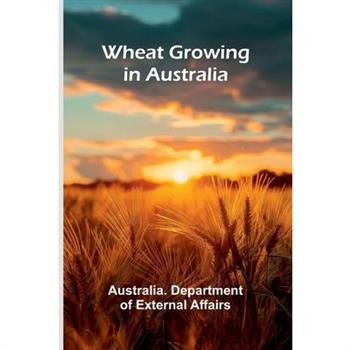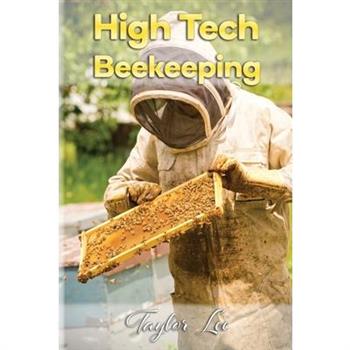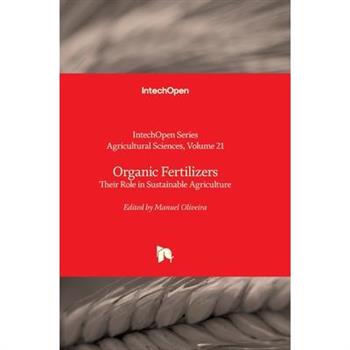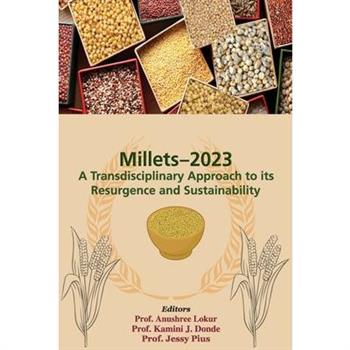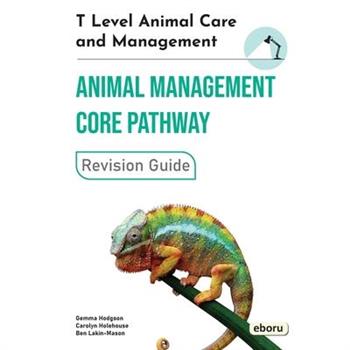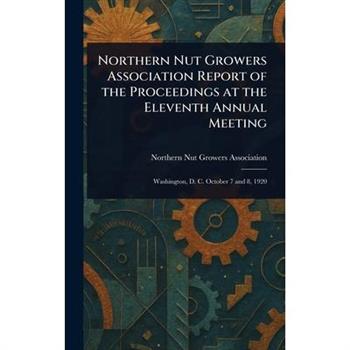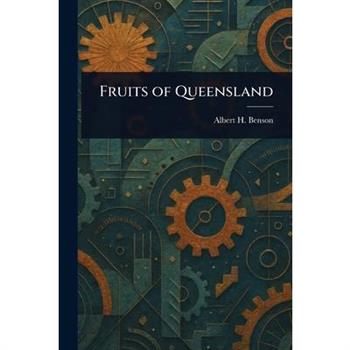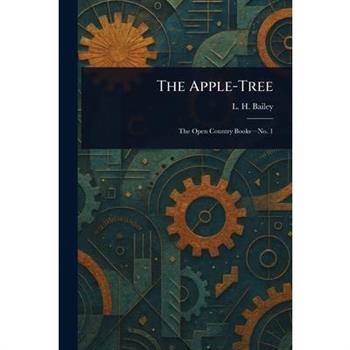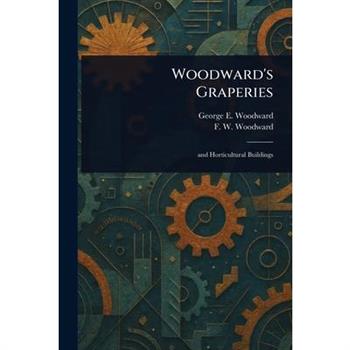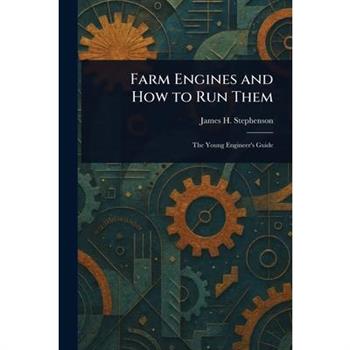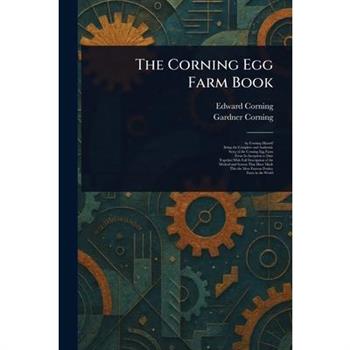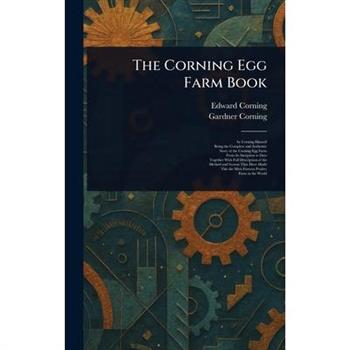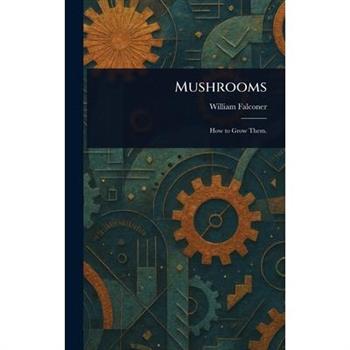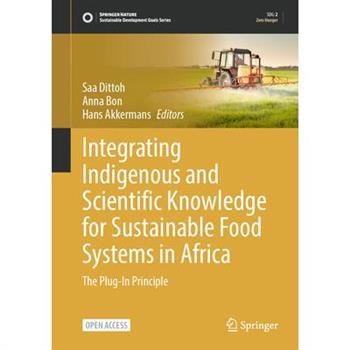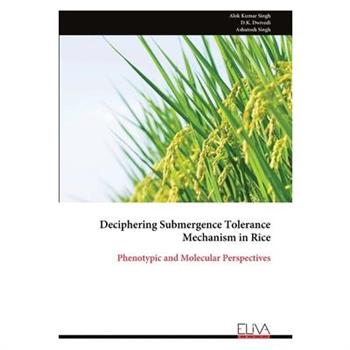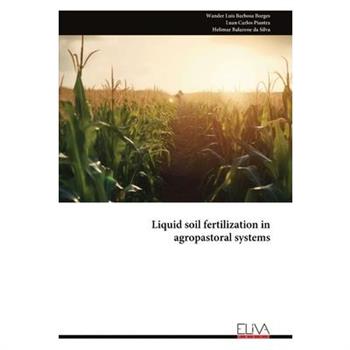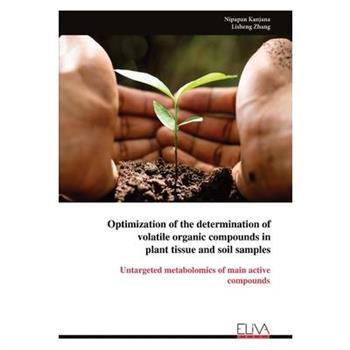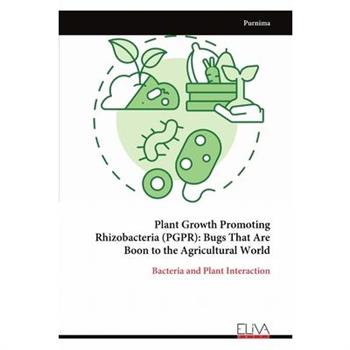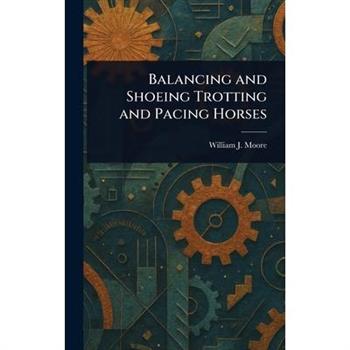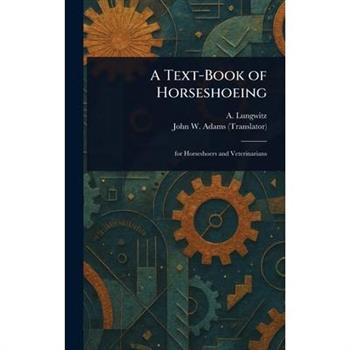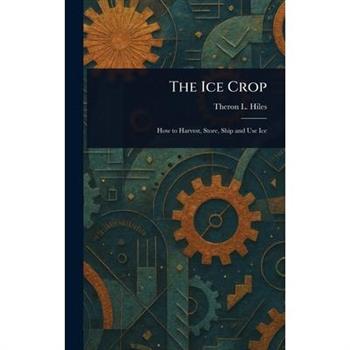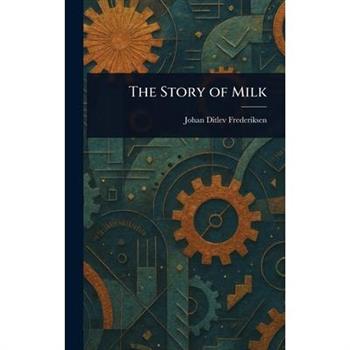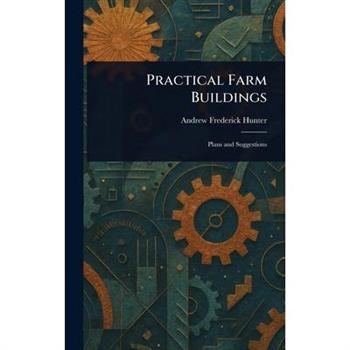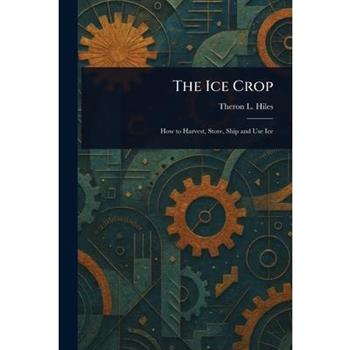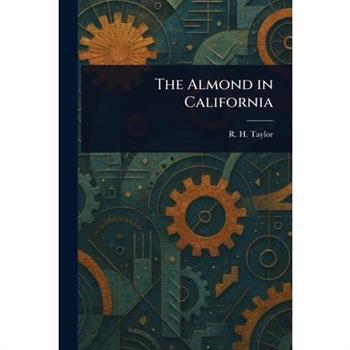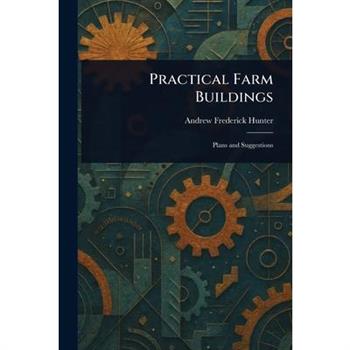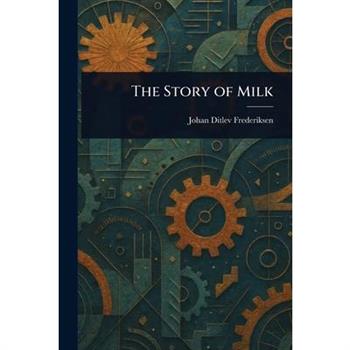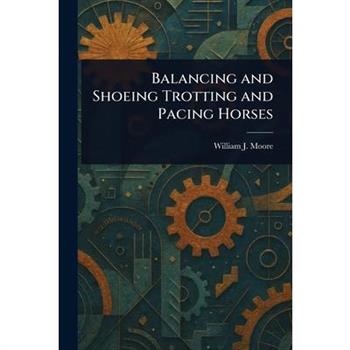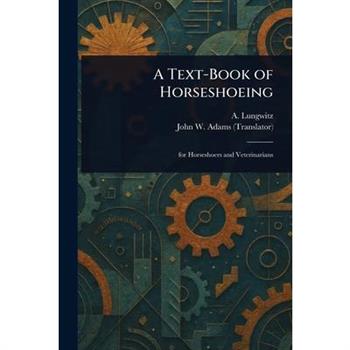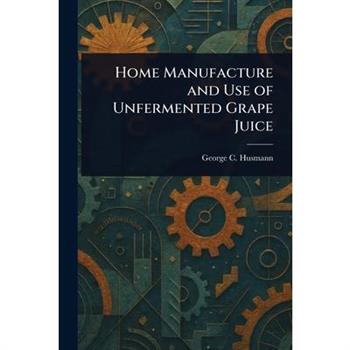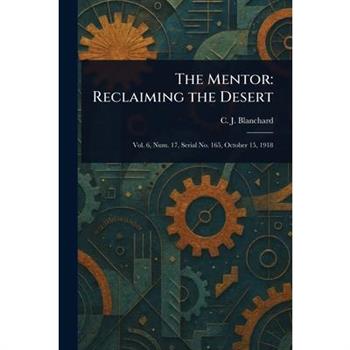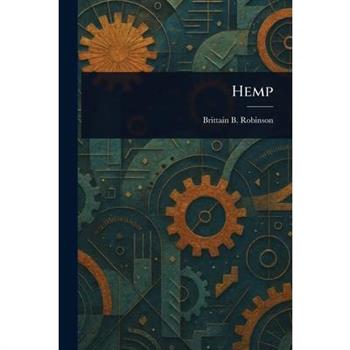Wheat Growing In Australia
Unlock the secrets of Australia's agricultural heartland with "Wheat Growing in Australia," a timeless classic that has been out of print for decades and is now beautifully restored by Alpha Editions. This collector's item is more than just a reprint; it's a cultural treasure that offers a fascinating glimpse into the pioneering spirit of early 20th-century farming. Dive into the rich tapestry of Australia's wheat industry, expertly chronicled by the Department of External Affairs. This book is a unique blend of historical insight and practical wisdom, capturing the essence of a nation s agricultural evolution. Whether you're a casual reader or a collector of classic literature, you'll be captivated by the detailed exploration of techniques, challenges, and triumphs that shaped an era. Rediscover this invaluable resource, lovingly preserved for today s and future generations. "Wheat Growing in Australia" is not just a book; it's a journey through time, offering inspiration and knowledge to anyone passionate about agriculture, history, or the enduring human spirit. Don't miss your chance to own a piece of history that continues to resonate with relevance and charm.
Future Agriculture-”Viksit Bharat”
Indian agriculture has achieved remarkable progress over the decades. Since gaining independence, the sector has witnessed significant advancements in food grain production-driven not just by the expansion of cultivated areas but also by the adoption of innovative technologies. Food grain output has increased from 50.82 million tonnes in 1950-51 to an impressive 328.85 million tonnes in 2023-24. This substantial growth has been largely fueled by increased use of inputs, technology-driven productivity improvements, widespread extension services, better farming practices, and, most importantly, the resilience and dedication of Indian farmers, particularly since the onset of the Green Revolution in the late 1960s.Despite this progress, Indian agriculture continues to face multiple challenges. The rapid expansion has led to issues such as the unsustainable exploitation of natural resources like land, water, and biodiversity; increased vulnerability to pests and insects; overuse of agrochemicals; and adverse environmental impacts.To ensure sustainable agricultural development, there is a pressing need to establish a supportive ecosystem through sound policies, institutional reforms, regulatory frameworks, and investments in advanced technologies. Public and private sector collaboration in agri-business will be crucial.This book aims to explore the current agricultural landscape and outline strategic approaches for the Amrit Kaal, aligning with the vision of Viksit Bharat and Atma Nirbhar Bharat by 2047, with a special focus on agriculture and allied sectors.
High-Tech Beekeeping
High-Tech Beekeeping delves into case studies and offers insights into research while exploring music industry. This book is a perfect blend of activism and sustainability. High-Tech Beekeeping delves into case studies and offers insights into research while exploring music industry. This book is a perfect blend of activism and sustainability.
Exploring the World of Cereal Crops
Cereal crops are the centre of global food systems, serving as a fundamental source of nutrition for the global population and driving key sectors in agriculture and biofuel production. As the world's population grows, a significant concern has been about ensuring cereal crops' sustainability, resilience, and nutritional value. This book delves into the multifaceted world of cereal crops, examining their biological, cultural, and economic significance. With contributions from leading experts in the field, this book provides reviewers with current research on improving the nutritional value of cereals, breeding for drought-tolerant and climate-resilient varieties, and leveraging advanced technologies for monitoring grain quality and optimizing storage. Whether you are a researcher, student, or professional in agriculture, food science, or environmental studies, this book can offer vital information on the future of cereal crops and their critical role in feeding the world.
Organic Fertilizers - Their Role in Sustainable Agriculture
Scientific developments in agriculture and technologies of chemical fertilizers and pesticides fed the "green revolution" of the mid-20th century. Still, a few decades later, pollution and toxins from those chemicals became evident. Now, climate change, partially caused by agricultural technologies, has also moved to the centre of our preoccupations. These environmental problems, as well as economic and social inequities, incentivize the search for more sustainable agricultural technologies that can be brought about by deeper scientific insight. Replacing chemical fertilizers with less harmful products, which we can refer to as organic fertilizers, while still maintaining crop production capable of feeding the global population, is an objective for farmers, policymakers, and, in fact, for everyone. In today's world, science and technology move forward rapidly, pervading every aspect of social and individual lives; keeping in touch with them is necessary for each of us in our field of work. This book aims to help us replace chemical fertilizers with organic ones. In the following chapters, the reader can find reviews of recent developments and reports of experimental works on organic fertilizers that might help better understand their advantages and drawbacks.
Millets-2023
Millets-2023: A Transdisciplinary approach to its Resurgence and Sustainability endeavours to explore the multifaceted world of millets. The book aims to highlight the nutritional, agricultural, environmental, and socio-economic dimensions of millets. With millets gaining increasing recognition as a sustainable and nutritious food source, the compilation of insightful research papers could be a significance resource for researchers, policymakers, and enthusiasts alike.The topics encapsulated through various research papers touch upon diverse aspect, viz. Socio-cultural, Economic, Geographical and Historical Aspects of Millets, Bio-prospecting and Innovative Sustainable Cultivation Techniques for Millets, Millets Sustainable Solution to Food Security, Entrepreneurship, Start-Ups, Product Development and Marketing Strategies and GO's, NGO's and Policies. In other words, the book presents manifold standpoints, providing a well-rounded view of millets and their potential. It emphasizes the importance of integrating millets into mainstream agriculture and food systems to address global challenges such as malnutrition, climate change, and sustainable development.Millets-2023 is a must-read for anyone seeking a comprehensive understanding of millets and their potential impact on nutrition, agriculture, environment, and socio-economic development.
T Level Animal Care and Management - Animal Management Core Pathway Revision Guide
Prepare for your exam and deepen understanding with this clear and colourful revision guideCovering the T Level Animal Management Core Pathway, this revision guide will help you to fully prepare for your exam. Our author team are all experienced Animal Management lecturers who understand exactly how to write for level 3 students. Using clear language and straightforward explanations, this colourful and attractive book is visual and easy to read.Check your understanding of topics with lots of quick recap questionsUnderstand technical or confusing terms, with important words highlighted and defined throughoutLink concepts to real life with Real-world ExamplesHelp prepare for your exam wth end of section practice questions Maximise your revision planning with advice on revision strategies and tips on tackling the 12-mark questions
Obed Hussey, Who, of All Inventors, Made Bread Cheap
Integrating Indigenous and Scientific Knowledge for Sustainable Food Systems in Africa
This open access book presents a novel approach to food security research (SDG-2 Zero Hunger) by integrating indigenous and scientific knowledge. Through extensive field-based research in Burkina Faso, Ghana, Kenya, Mali, and South Africa, it explores the impact of merging traditional practices and local knowledge with scientific methods. Through field studies, the book shows the value of local knowledge and community-led innovations in combating hunger, achieving food security, and enhancing nutrition sustainably and food sovereignty. Drawing on decades of research in rural Africa, the authors introduce the "Plug-In Principle"--a theory for integrating indigenous and modern knowledge systems to foster sustainable agricultural practices and enriched food ecosystems in Africa. The Plug-In Principle advocates that advancements in science and technology should enhance rather than replace existing indigenous knowledge. This principle emerged from the failures of many development interventions where attempts at replacement often led to challenges and failures. In agriculture, for instance, interventions in mechanization, soil amendments, seed and breed improvements, and extension services have seldom succeeded due to a lack of integration with existing practices. The Plug-In Principle emphasizes that effective knowledge integration hinges on a deep understanding and appreciation of prevailing systems. By designing interventions that seamlessly "plug-in" to existing technologies, we can ensure the co-creation of effective solutions to the challenges we face. This book is a testament to the potential of collaborative innovation in fostering sustainable development. Development workers, policymakers, researchers, students, and donor agencies in agriculture and other development areas will find this volume invaluable. Additionally, scholars focused on decolonization and indigenous knowledge in the Global South will uncover insightful case studies and analyses.
Balancing and Shoeing Trotting and Pacing Horses
Home Manufacture and Use of Unfermented Grape Juice
Weeds of the South-East
Weeds of the South-East is a comprehensive identification guide to weeds found in the South-East Region of Australia. This fourth edition has been updated to include recent changes in nomenclature, bringing all species and genus names in line with the current Australian Plant Census. Beautifully illustrated, this guide is for anyone interested in the identification of pest plants and the preservation of our native flora. It is an essential tool for community land and bush care organizations, local and state government weed officers and advisers, rangers, agronomists, agriculturists, survey and identification botanists, horticulturists, landscapers and gardeners. Features: Covers weeds of agriculture, bushland, waterways, gardens, roadsides, wasteland and amenity areas, as well as new and emerging problem species.Illustrated with more than 3000 photographs, including spectacular close-up shots.Key features are described with relevant measurements for easier identification.Comparisons are made to similar species and easily confused natives.The South-East Region covers all of Victoria, Tasmania and the Australian Capital Territory, the southern half of New South Wales and the south-eastern section of South Australia.





